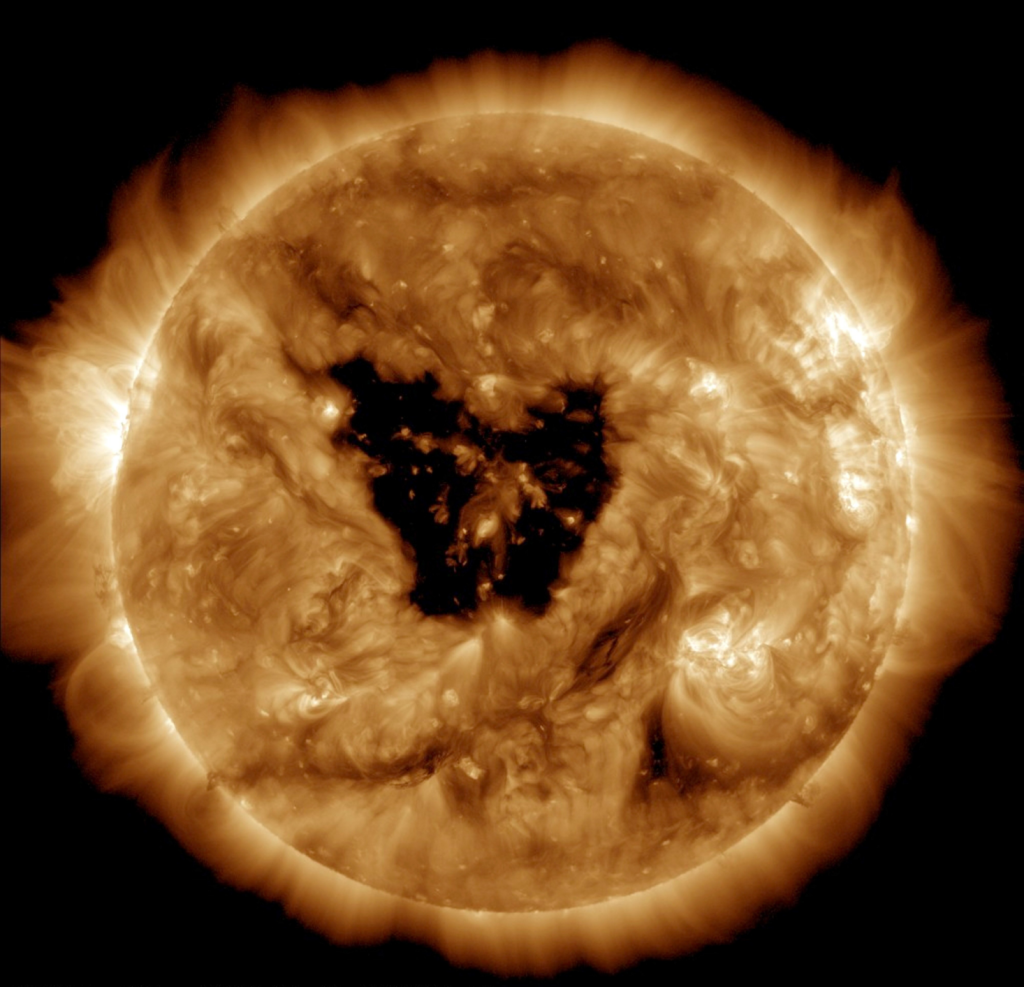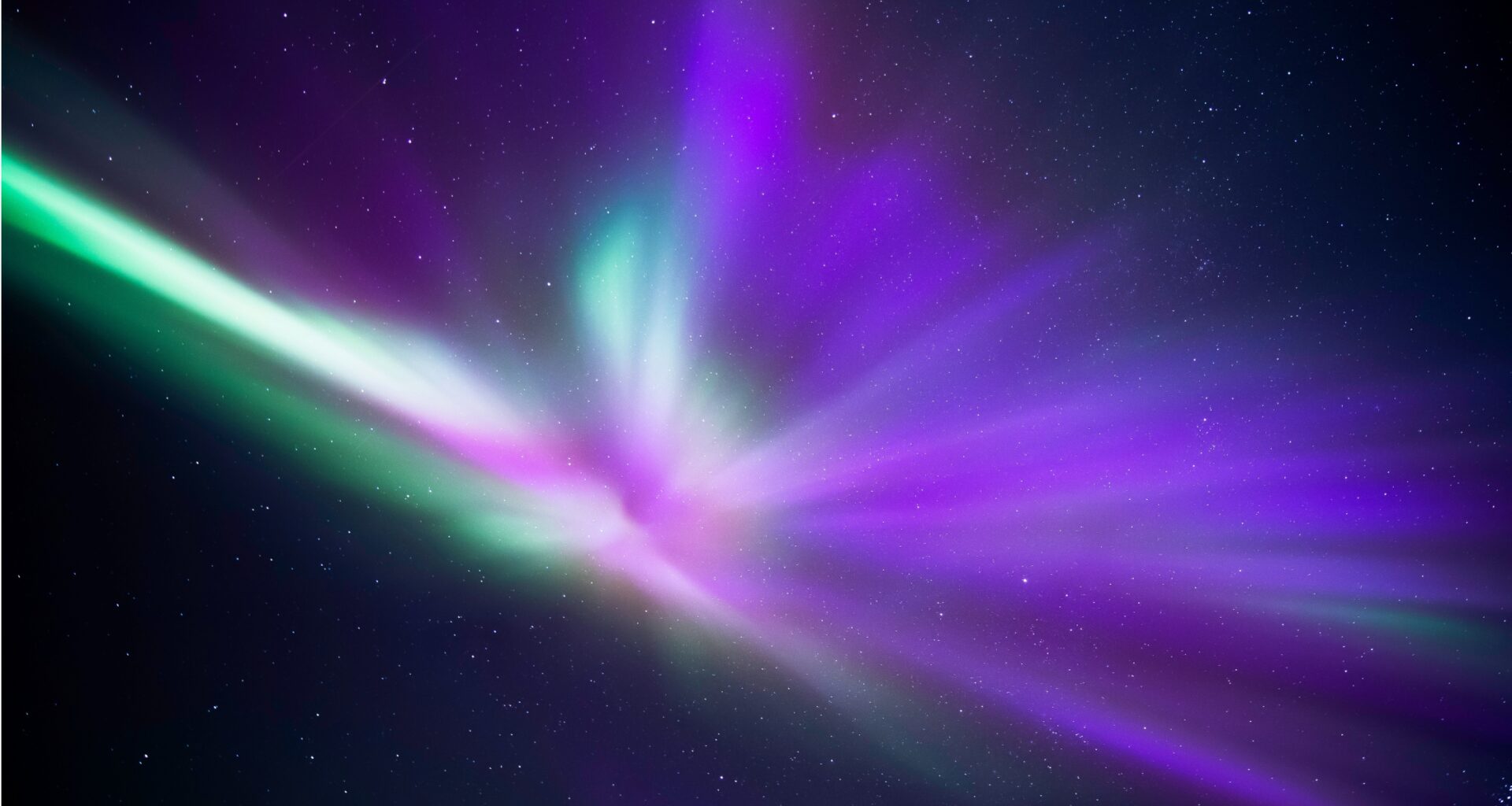A dramatic, butterfly-shaped “hole” in the sun’s atmosphere is blasting a stream of solar wind toward Earth this weekend, setting the stage for a geomagnetic storm and dazzling auroras for skywatchers across the Northern Hemisphere.
Solar Storm Alert: Butterfly-Shaped Coronal Hole Sparks Aurora Watch Credit: SDO/NASA via SWNS
Credit: SDO/NASA via SWNS
A colossal coronal hole — stretching an astonishing 310,000 miles (500,000 kilometers) across the solar surface — has flared open, unleashing high-speed solar wind directly at our planet. Forecasts indicate these charged particles will slam into Earth’s magnetic field around 13 and 14 September, possibly triggering an active to G1 (minor) geomagnetic storm, with a shot at reaching G2 (moderate) levels.
Where Auroras Will Appear
- Northern Hemisphere: If the storm intensifies, vivid auroras may ripple across night skies in Canada, Alaska, Scandinavia, and northern parts of the U.K.
- Southern Hemisphere: Antarctica is in for a show, with a slim chance of sightings from Tasmania and southern New Zealand.
- Aurora Odds: The best displays are expected under dark, clear skies — so aurora hunters, cameras at the ready!
Why This Weekend Is Special
This solar storm alert coincides with the Russell-McPherron effect, a seasonal boost during spring and autumn equinoxes. Around equinoxes (the next is 22 September), Earth’s axis tilts just right, making it easier for solar wind to interact with the planet’s magnetosphere. Geomagnetic storms are roughly twice as likely now compared to other times of the year.
How Do Auroras Work?
When solar wind slams into Earth’s magnetic “shield,” charged particles collide with oxygen and nitrogen atoms in the upper atmosphere. This cosmic clash releases energy as shimmering light — the famed northern and southern lights. Stronger solar winds mean the light show becomes brighter, more colorful, and visible further from the poles.
What to Expect
NOAA predicts mostly G1 (minor) storming — but if the sun’s magnetic field lines up just right with ours, G2 (moderate) levels aren’t out of the question. Such storms can lead to especially vivid auroras, visible far from the usual Arctic and Antarctic circles. Forecasts remain uncertain till the solar wind arrives — so there’s always an element of cosmic surprise.
Published by Space Enthusiast
An amateur rocket enthusiast with a keen interest in all space-related activity. Looking forward to the day when the UK starts launching rockets into space and I’m able to watch launches (from a safe distance of course).
